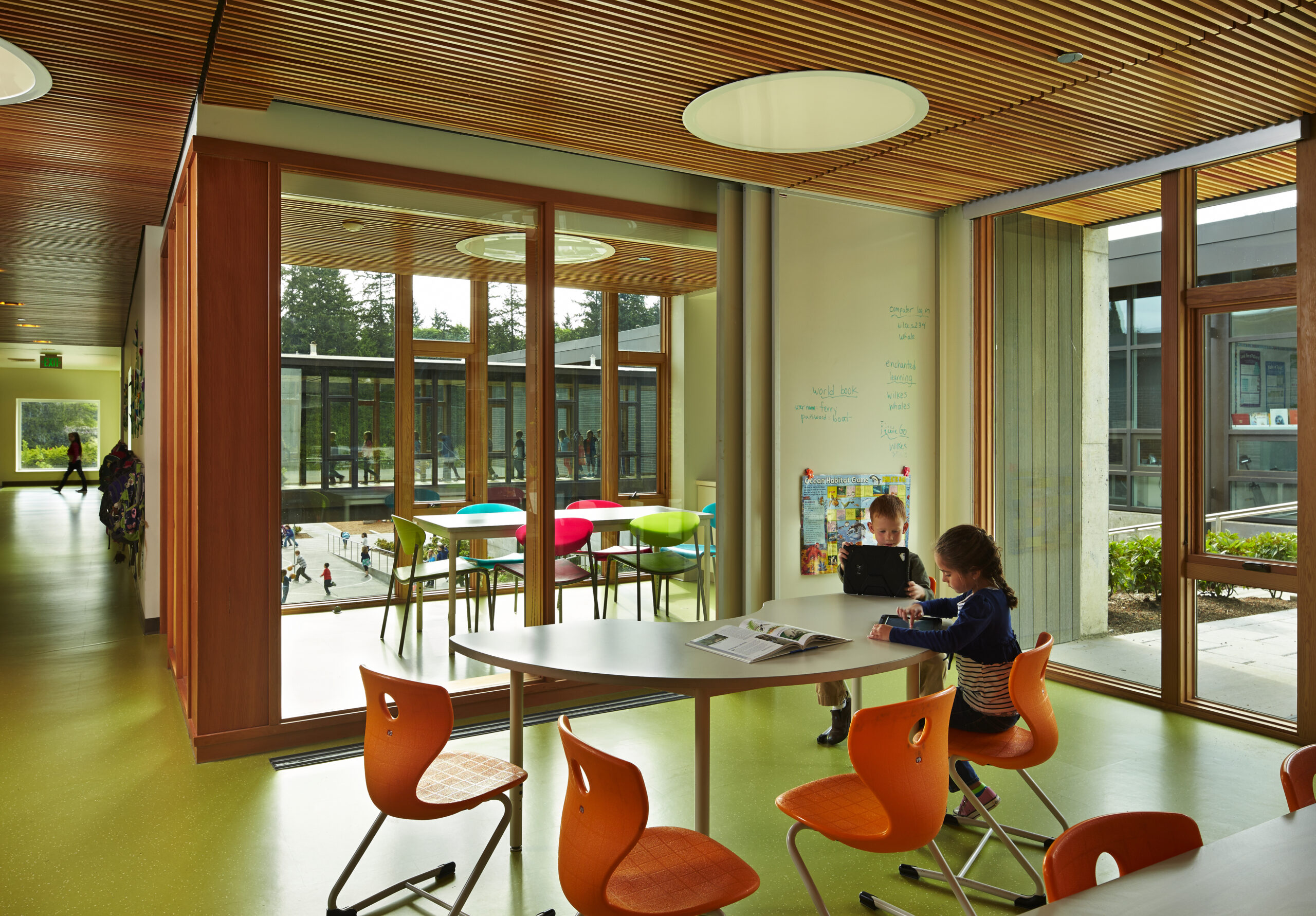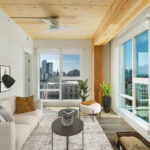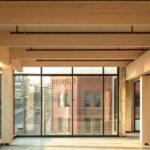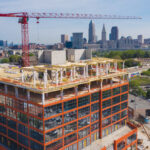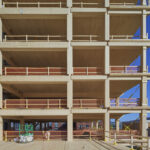Solution Papers
Wood-Frame Schools: Durability Techniques for Interior High Traffic and Moisture Areas
Ask any group of design professionals, school facility planners or maintenance personnel to discuss the primary design objectives for school construction, and the topic of durability will arise. Specifically, they point to the challenge of creating structures that last (a common goal is 50 years or more), while minimizing the time and cost associated with maintenance and repairs, and allowing the school to remain open and safe at all times.
Wood-frame schools are highly durable; around the world many wood buildings 50 to 100 years old (and much older) are still in service, including school facilities. Durability of any structural material comes down to the surrounding environment (e.g. moisture, temperature, and relative humidity), ability to dry if it becomes wet, and quality of details and control layers. Designing for a long service life means anticipating potential durability issues and implementing strategies to avoid them.
This paper examines two important durability challenges when designing wood-frame schools: areas of high traffic and high moisture. It also includes a discussion related to the durability of exposed heavy and mass timber elements, which are often used as a design feature to bring wood’s natural warmth into the learning environment.
